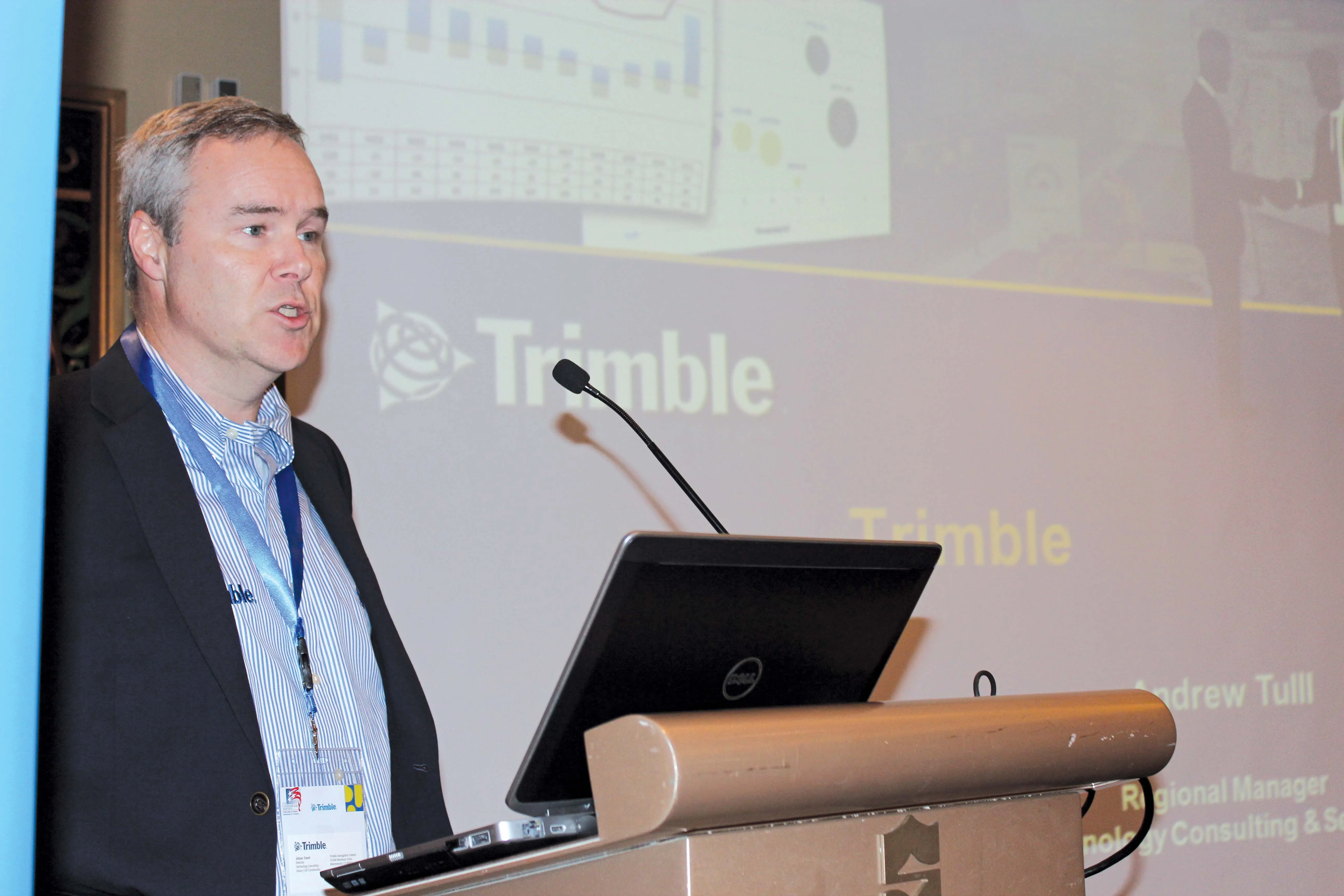One year after breaking ground, the largest solar highway project in the US — a partnership between Portland General Electric and the Oregon Department of Transportation — is now open to visitors stopping to take a break from their travels along Interstate 5 in Oregon. Growing clean, renewable energy amongst farm fields of corn and cabbage, the Baldock Solar Station
August 24, 2012
Read time: 2 mins
One year after breaking ground, the largest solar highway project in the US — a partnership between 6463 Portland General Electric and the 2648 Oregon Department of Transportation — is now open to visitors stopping to take a break from their travels along Interstate 5 in Oregon.
Growing clean, renewable energy amongst farm fields of corn and cabbage, the Baldock Solar Station is a 1.75-megawatt solar array boasting nearly 7,000 solar panels across seven acres of the Baldock Safety Rest Area, located on Interstate 5 northbound near Wilsonville. Visitors to the station can learn about solar power and Oregon’s solar highway installations through a variety of interpretive displays and walk along a sustainable community garden bordering the site created by Oregon State University Master Gardeners.
Built and operated by PGE on land owned by the Oregon Department of Transportation, the US$10 million solar array went online in January and is expected to produce 1.97 million kilowatt-hours of energy each year — equivalent to 11 per cent of ODoT’s need in PGE’s service territory.
“With this project — the largest of its kind in the nation — we’re contributing to a strong future in clean, renewable energy resources for Oregon,” said Matt Garrett, ODoT director. “It’s just one example of the kind of forward-thinking approach we can take in transportation — one that brings multiple benefits to Oregonians.”
Growing clean, renewable energy amongst farm fields of corn and cabbage, the Baldock Solar Station is a 1.75-megawatt solar array boasting nearly 7,000 solar panels across seven acres of the Baldock Safety Rest Area, located on Interstate 5 northbound near Wilsonville. Visitors to the station can learn about solar power and Oregon’s solar highway installations through a variety of interpretive displays and walk along a sustainable community garden bordering the site created by Oregon State University Master Gardeners.
Built and operated by PGE on land owned by the Oregon Department of Transportation, the US$10 million solar array went online in January and is expected to produce 1.97 million kilowatt-hours of energy each year — equivalent to 11 per cent of ODoT’s need in PGE’s service territory.
“With this project — the largest of its kind in the nation — we’re contributing to a strong future in clean, renewable energy resources for Oregon,” said Matt Garrett, ODoT director. “It’s just one example of the kind of forward-thinking approach we can take in transportation — one that brings multiple benefits to Oregonians.”








